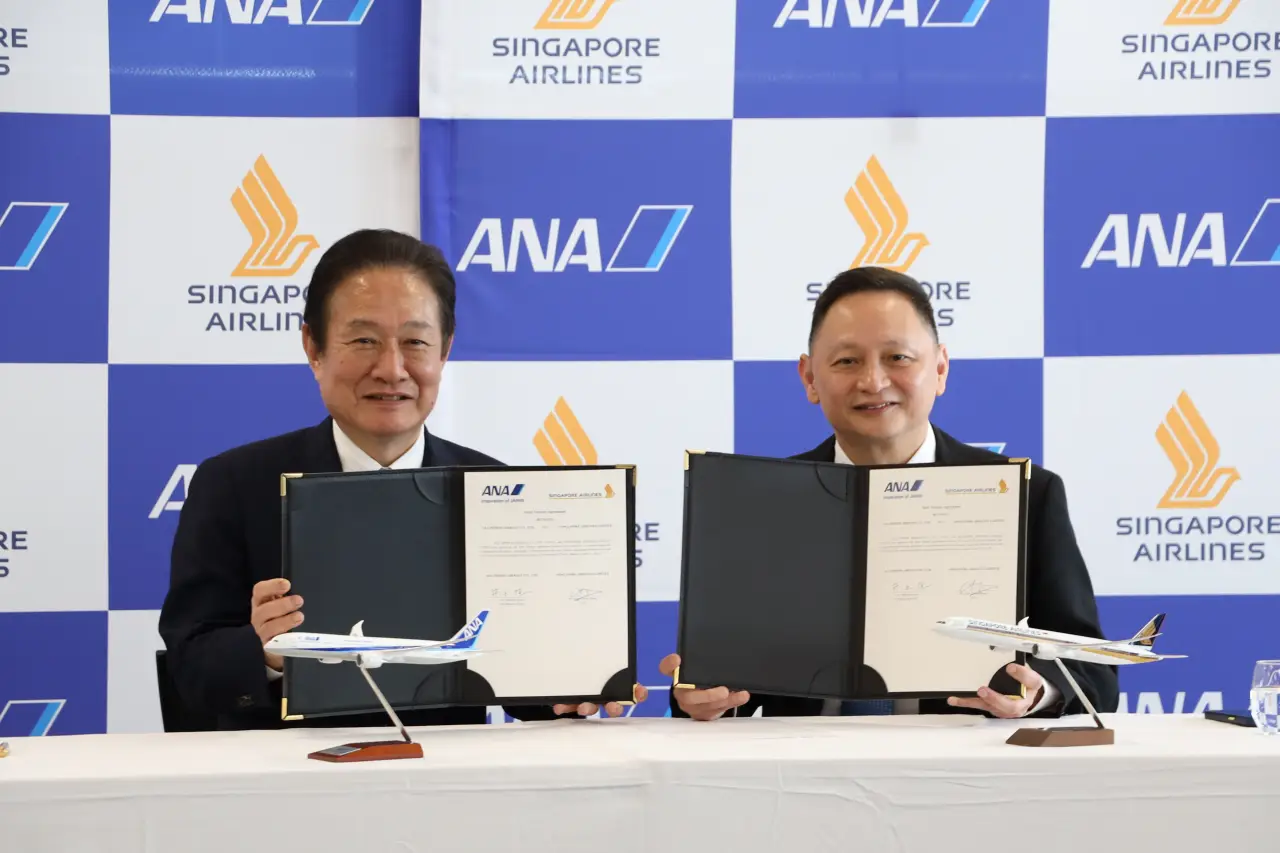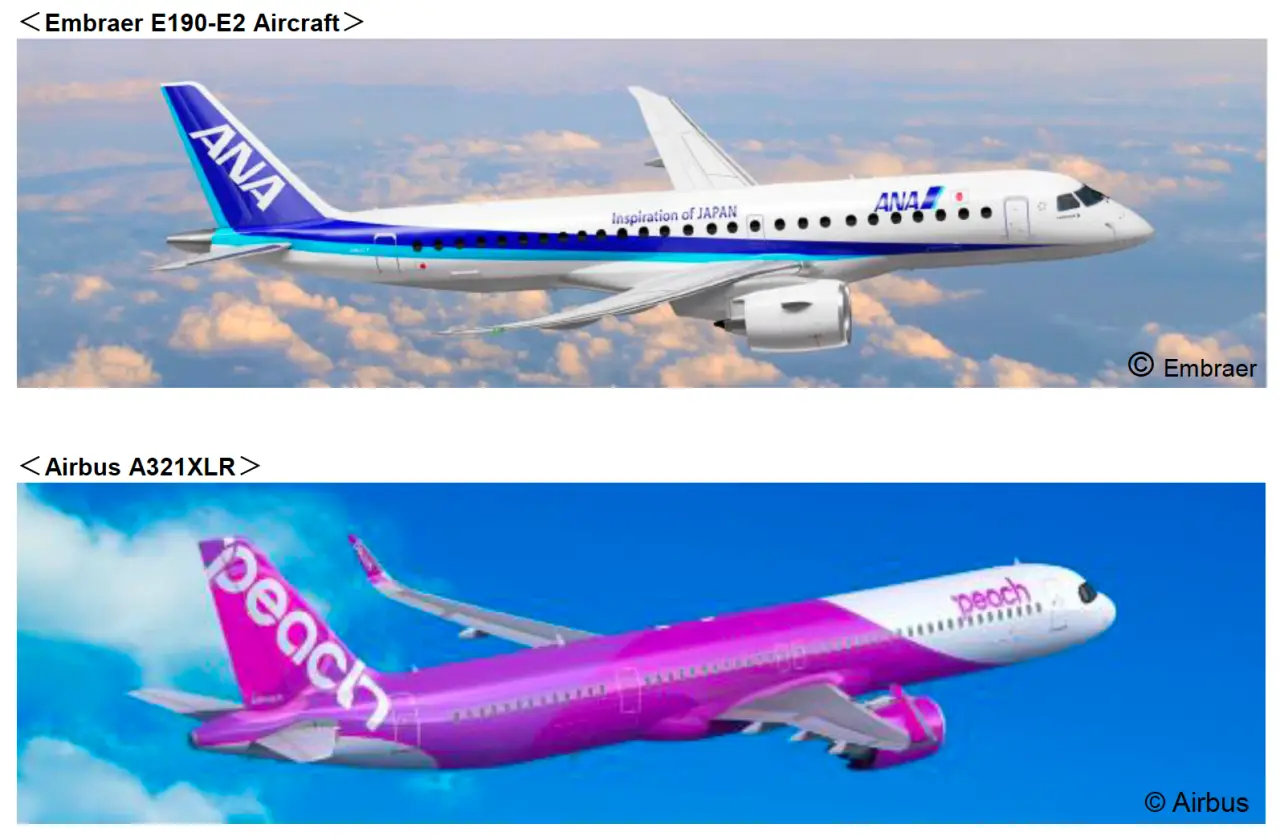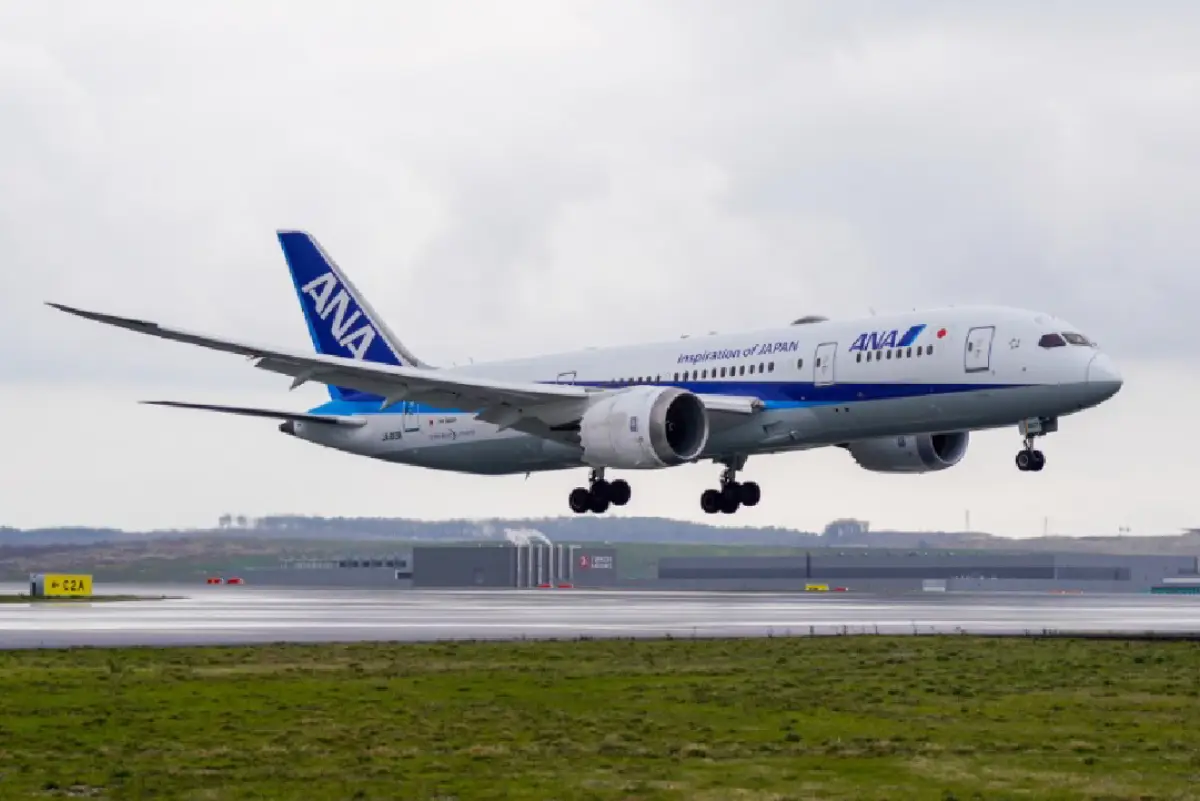ANA and SIA launch joint fare products this year as part of a deepening commercial partnership that also includes revenue-sharing flights between Japan and Singapore starting in September 2025. These new initiatives mark a significant evolution in cooperation between the two Star Alliance members, promising smoother travel, better connectivity, and expanded benefits for passengers.
Beginning in May 2025, travelers will be able to purchase new joint fare products for flights operated by All Nippon Airways (ANA) and Singapore Airlines (SIA). These fare bundles will provide more flexibility and value, reflecting closer coordination of schedules and services between the carriers. The goal is to create a seamless experience for passengers traveling between Japan and Singapore and to provide stronger links across Asia and beyond.
Revenue Sharing and Network Expansion
The collaboration goes beyond tickets. The two airlines will operate revenue-sharing flights between Singapore and Japan starting in September. This model allows ANA and SIA to pool resources and profits on designated routes, enabling them to offer more competitive fares, optimize schedules, and create a unified travel experience.
The partnership opens up new travel opportunities across each airline’s network. ANA customers now enjoy access to 25 destinations in the Singapore Airlines route map, up from just 12 before the agreement. Meanwhile, SIA passengers can now connect to 34 destinations in Japan through ANA’s extensive domestic network, including popular locations such as Osaka, Sapporo, Fukuoka, and Okinawa.
This increased access means more options for leisure and business travelers, particularly those exploring Asia’s most dynamic cities. With ANA and SIA aligning operations, passengers can expect improved transit experiences, especially through their respective hubs in Tokyo and Singapore.
Frequent Flyer Perks and Corporate Travel
Both airlines are also enhancing loyalty rewards. Members of ANA’s Mileage Club and SIA’s KrisFlyer program will be able to earn miles across more booking classes on each other’s flights. This means greater rewards potential and increased redemption opportunities for frequent flyers.
Corporate travelers will benefit too. The carriers are working to align their business travel programs to streamline bookings and provide more incentives for companies using both ANA and SIA. These efforts will make it easier for corporate clients to manage travel across borders while enjoying premium service from two of Asia’s top-rated airlines.
Subject to regulatory approval, ANA and SIA intend to extend their joint venture to additional key markets in the future. Possible expansions include Australia, India, Indonesia, and Malaysia — a move that would further strengthen their presence across the Asia-Pacific region.
Shared Vision, Shared Experience
This strengthened partnership is the result of a joint venture agreement first signed in 2020. Since then, the two airlines have grown their codeshare arrangements and worked together to improve passenger offerings. The 2025 announcement takes that cooperation to a new level, blending award-winning service with integrated networks and traveler-focused benefits.
Shinichi Inoue, CEO of All Nippon Airways, said the partnership represents more than a strategic alliance. It reflects a shared vision of redefining customer experience through collaboration. Goh Choon Phong, CEO of Singapore Airlines, emphasized the value of aligning strengths to create better connectivity and enhanced offerings for customers.
With both airlines regularly earning top global accolades, their joint venture is expected to set new standards in regional and long-haul travel. By sharing flights, aligning fares, and rewarding loyalty across networks, ANA and SIA are making air travel in Asia more convenient and customer-centric than ever before.
The launch of joint fare products and revenue-sharing flights marks just the beginning of a broader commitment between the two carriers to enhance travel between Singapore and Japan — and eventually, across much of Asia-Pacific.













